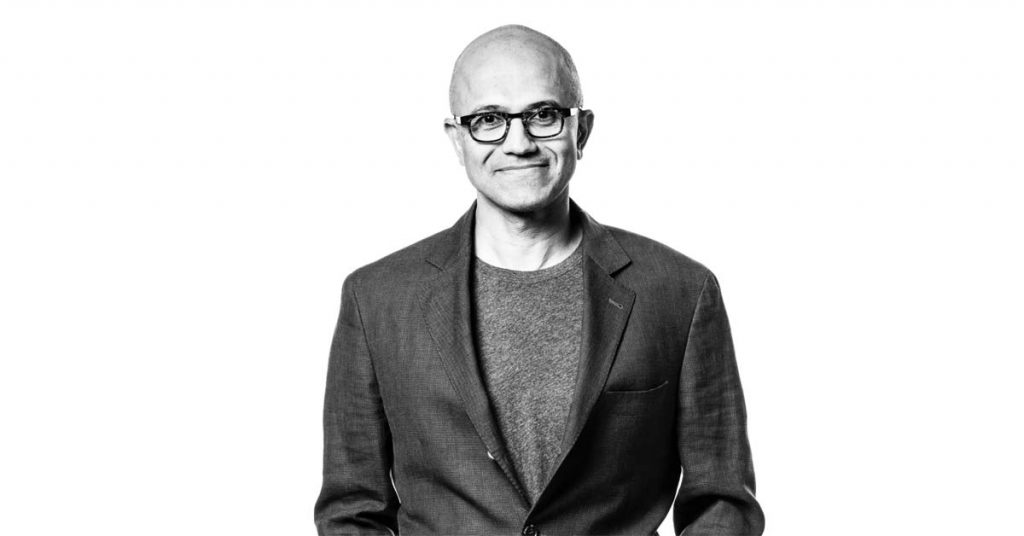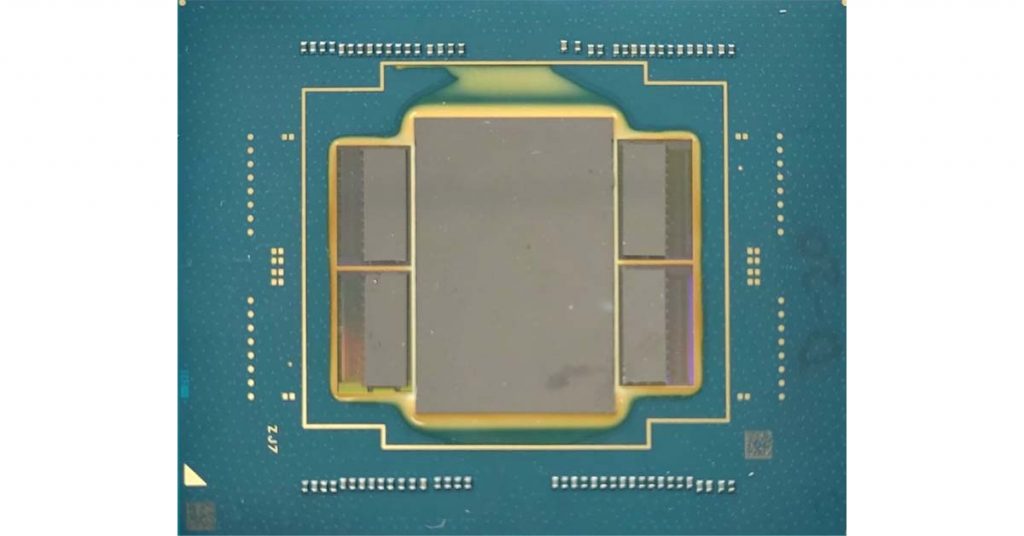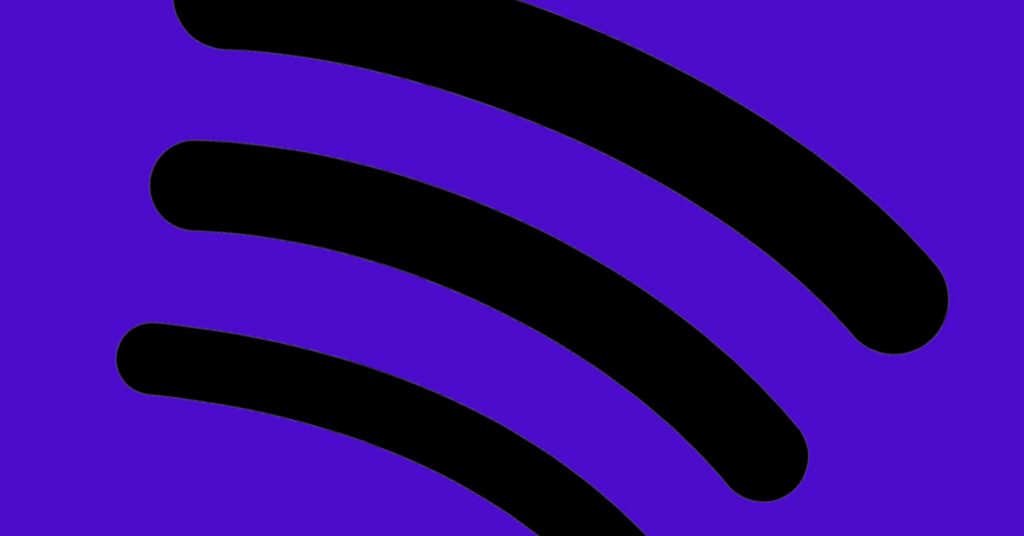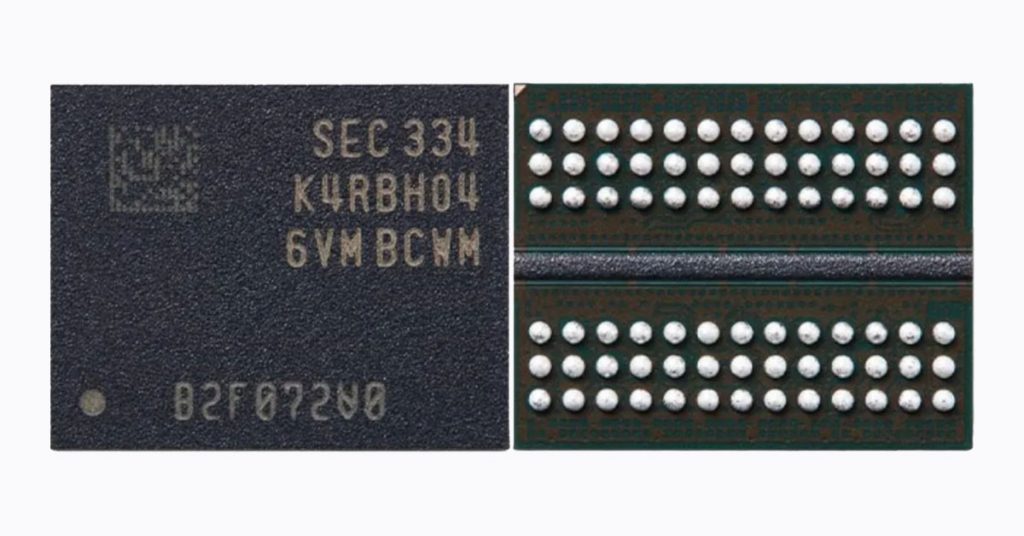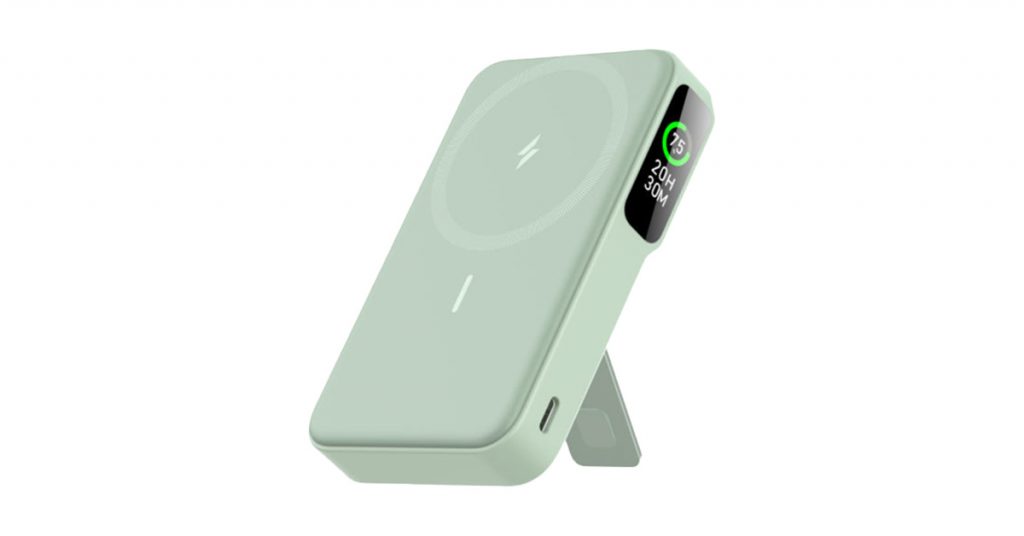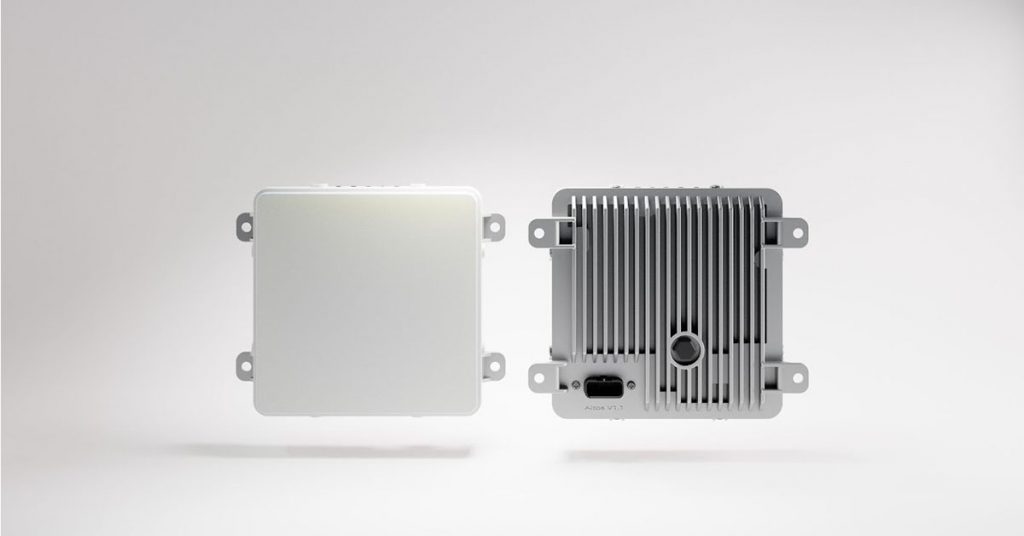Everyone’s definition of the “BEST ANDROID phone” varies, as each individual has unique requirements. Nevertheless, you are likely to find a smartphone that meets your specifications. We have compiled a list of our favorites Android devices, including the Google Pixel 6A, which is our top recommendation. We have tested each phone extensively and identified their distinct advantages to provide you with the best possible information.
Best Flagship Phones
Samsung Galaxy S23, S23+, and S23 Ultra
Look no further than Samsung’s latest Galaxy S23 range if you want a top-of-the-line smartphone without any compromises. Whether you choose the S23, S23+, or S23 Ultra, these phones are equipped with high-end features such as the powerful Qualcomm Snapdragon 8 Gen 2 chipset that effortlessly handles even the most demanding games, as well as 120Hz AMOLED displays that are incredibly smooth and bright. The battery life has been significantly improved across all models, with the S23 lasting more than a day and the S23 Ultra lasting almost two days on average use. The triple camera systems are the standout feature, producing exceptional results in any lighting conditions, with numerous modes and controls for customization. Additionally, the S23 Ultra boasts four cameras, including a 10X optical zoom camera from its predecessor, which offers great versatility in capturing images from up close to far away. Moreover, the S23 Ultra is the only phone in the trio with the embedded S Pen stylus, which can be used for drawing or as a Bluetooth remote for the camera. Finally, the S23 range will receive four Android OS upgrades and five years of security updates, which is the most extensive support period offered in the Android ecosystem.
Great Value Flagships (and Awesome Cameras)
Google Pixel 7 and Pixel 7 Pro
Google’s latest offerings, the Pixel 7 and Pixel 7 Pro, represent the pinnacle of refinement in the Pixel lineup, and they still offer exceptional value in the Android ecosystem. For only $599, the Pixel 7 provides practically everything one could desire in a smartphone, including wireless charging and a 90-Hz screen refresh rate. This year, the screen is slightly smaller at 6.3 inches, but it is 25% brighter. The Pixel 7 Pro boasts a larger 6.7-inch AMOLED screen with a 120-Hz refresh rate. Both models feature Face Unlock, although it is less secure than fingerprint authentication, so it can only be used to unlock the phone. As usual, the Pixels are loaded with smart software features powered by the new Tensor G2 chip, including audio message transcriptions in Android Messages and Photo Unblur in Google Photos, which can deblur old photos taken with an old point-and-shoot camera. The cameras are a significant highlight of the Pixel lineup, with the Pixel 7 Pro outshining its sibling with an improved ultrawide camera with autofocus, which enables a new Macro Focus mode for close-ups. Additionally, the telephoto camera has been upgraded, offering an excellent 5X optical zoom. Updated Super Res Zoom image-processing algorithms ensure that photos are sharper, whether you’re shooting at 2X or 30X zoom. These phones are difficult to beat at their price points, and they are often on sale (so avoid paying full price). The Pixels will receive five years of security updates, which is excellent, but they will only receive three OS upgrades, which is not as good as what Samsung offers.
Best Small Phone
Asus Zenfone 9
Looking for a smaller phone or one with a headphone jack? Asus has got you covered with the Zenfone 9. This Android phone boasts a compact 5.9-inch AMOLED screen and a textured back for a comfortable grip. Powered by the flagship Qualcomm Snapdragon 8+ Gen 1 chipset, it can handle any game with ease, and the 120-Hz display adds to the smooth experience. The 4,300-mAh battery can easily last into the second day with a single charge, and there’s even a headphone jack, along with dual stereo speakers. The dual-camera system, although not on par with the Pixel, is still reliable, with Asus’ special gimbal system offering smooth stabilization for videos that’s almost as good as the iPhone 14. However, it lacks a MicroSD card slot and wireless charging. Carrier compatibility may also be an issue, as it only works with T-Mobile and AT&T, not Verizon. And Asus’ software update policy is disappointing, with only two years of OS upgrades and security updates, which is subpar for a phone at this price point.
A Midrange Alternative
Samsung Galaxy A53 5G
Samsung’s Galaxy A53 5G is a worthy contender to the Pixel 6A, and a great choice from the A-series lineup. With its 6.5-inch AMOLED screen, it’s an impressive alternative featuring a smooth 120-Hz refresh rate and exceptional software support (four OS upgrades and five years of security updates). However, it falls short of being our top pick because while its performance is good, it can get a bit laggy when handling multiple apps simultaneously, and the Pixel 6A offers a more consistent experience. The battery life is solid, and the camera system is competitive, although the Pixel 6A edges ahead. The phone lacks a headphone jack and wireless charging, and there’s no charging brick included, but it does offer a MicroSD card slot to expand the 128 GB of onboard storage. It’s frequently available on sale for $350.
Best Under $200
Samsung Galaxy A14 5G
If you’re on a tight budget, Samsung’s Galaxy A14 5G at $200 is worth considering. Despite its low price, it offers surprisingly good performance that can handle most apps smoothly without lag. You can enjoy up to two-day battery life and take decent photos with its camera. What’s impressive is that it comes with 64 GB of internal storage, a microSD card slot for expanding storage, a headphone jack, and even an NFC sensor for contactless payments. Samsung also promises to provide two Android OS upgrades and four years of security updates, which is quite rare for a phone in this price range. All in all, it’s a remarkable deal!
Another Flagship Alternative
OnePlus 11 5G
While the OnePlus 11 is undoubtedly fast, it’s not my top choice. However, it’s still an impressive device with a fluid and responsive feel due to the high-end Qualcomm Snapdragon 8 Gen 2 chipset and other optimizations. The included adapter and cable allow for quick charging, going from 0 to 100% in roughly 20 minutes. Additionally, it has a gorgeous 6.7-inch AMOLED screen with a 120-Hz refresh rate, great stereo speakers, and a reliable battery that can easily last more than a day. The cameras are also Hasselblad-tuned and produce some excellent results. OnePlus is now promising four years of Android OS upgrades and five years of security updates, which is on par with Samsung, although the updates are bimonthly instead of monthly. Despite these impressive features, the device lacks a few flagship features, such as wireless charging, millimeter-wave 5G support, and a higher water resistance rating of only IP64, while most phones in this price range have an IP67 rating. Furthermore, the overall software interface is not my favorite, although the device looks great.
Best Gaming Phone
Asus ROG Phone 6
The Asus ROG Phone 6 is among the few smartphones that really take mobile gaming to the next level, although it’s quite a huge device with a 6.78-inch AMOLED display and an ultra-smooth 165-Hz screen refresh rate, it packs a punch thanks to the Snapdragon 8+ Gen 1 chipset and a massive 12 GB of RAM (which is overkill in many ways). The result is some of the smoothest gaming performance you can get on a smartphone, and regular tasks are a breeze. The screen is vibrant, the haptic feedback is impressive, and the speakers are loud. For the best gaming experience, you can pair it with Asus’ ROG Kunai 3 controller, which turns the phone into a Nintendo Switch or a regular controller, and use Asus’ in-game software to map virtual buttons to physical keys. With an average usage, the 6,000-mAh battery lasts for two full days (less with gaming). Additionally, it has a headphone jack that is handy when you don’t want to deal with Bluetooth. However, there are some downsides, such as the lack of Verizon support and wireless charging, the IPX4 water-resistance rating, which is inadequate for the price, and the mediocre cameras. Furthermore, Asus provides only two years of updates after its launch, which is far less than what most other phone manufacturers offer.
A Great Midrange Phone (Outside the US)
Nothing Phone (1)
It’s unfortunate that the Nothing Phone (1) isn’t available in the United States, as the selection of good midrange phones there is limited compared to the endless options in Europe. Nonetheless, for those in a market where it’s obtainable, this first-generation phone from the relatively new brand is impressive. It boasts smooth performance, a 120-Hz screen, wireless charging, a battery that lasts throughout the day, and a sleek user interface. Despite struggling with motion, the primary camera is capable, and Nothing has promised three OS upgrades and four years of security updates, which is noteworthy if they deliver. What sets it apart is the stylish lights on the back of the phone that illuminate when a notification comes in, or they can serve as a fill light for the camera instead of a harsh flash. While somewhat gimmicky, it’s enjoyable and adds a cool factor to the phone.


